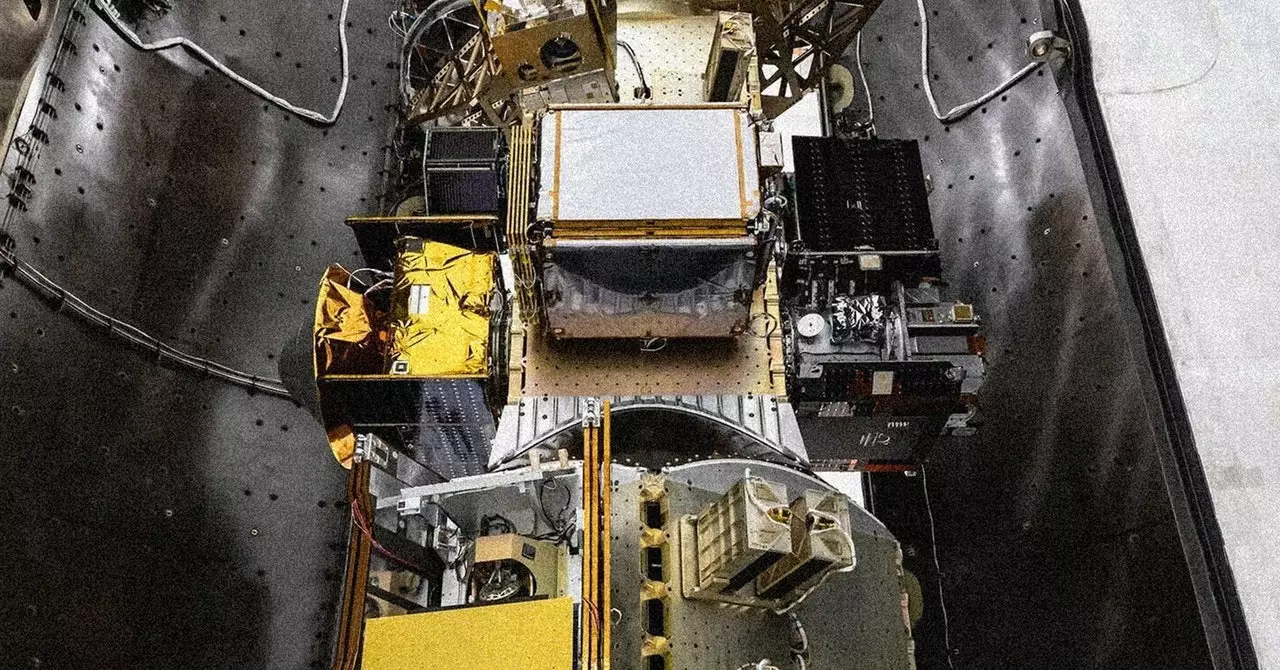In today’s era of escalating wildfires, driven by climate change and human factors, the ability to make timely, informed decisions is paramount. The stakes are alarmingly high, and the window for action is shrinking, as eloquently expressed by experts like Collins. The use of technology, particularly in the realm of satellite and AI solutions, is emerging as a potential game-changer in efficiently managing these dangerous scenarios. However, the real challenge lies not just in the technological advancements themselves but in how effectively these innovations can translate into practical applications on the ground.
The Role of Satellites and AI in Finding Solutions
Krystal Azelton of the Secure World Foundation emphasizes a crucial point: while satellites and artificial intelligence can improve the quality of data available, the value of this data is contingent upon it reaching the right people at the right time. The focus must shift toward bridging the gap between technology and end-users. Her insights reveal an underlying complexity that often gets overlooked amid discussions about cutting-edge technology. Simply put, the effectiveness of environmental monitoring hinges not only on accurate data collection but also on ensuring that this information is accessible and usable by those on the frontline of firefighting efforts.
This imperative poses questions about communication strategies and collaborative frameworks that involve the agencies meant to utilize the data. How do we facilitate the flow of information from advanced technological platforms to those who need it the most? While there’s a plethora of tech solutions available, the main hurdle appears to be implementing efficient systems for data dissemination and real-time communication among firefighters and emergency response teams.
Fire Sat Initiatives: A New Approach to Real-Time Data Sharing
Van Arsdale’s efforts with the Fire Sat team represent a proactive attempt at addressing these challenges. By providing comprehensive tracking data to firefighting agencies, the team seeks not just to enhance the flow of information but also to mitigate the “fog of war” surrounding wildfires. There’s certainly an appeal in presenting decision-makers with complete situational awareness, but how does that translate into effective action on the ground during an active fire?
Though satellite detection systems are designed for rapid response, the crucial element of action remains unchanged. The technology may inform us when a fire ignites, but we must ask: will it truly expedite firefighter mobilization and action under pressure? The connection between receiving the data and actual implementation can often be the missing link that defeats the purpose of such advanced innovations.
The Limitations of Technology in Extreme Conditions
Daniel Swain’s insights shed light on a troubling reality: while satellites play a pivotal role in swiftly updating communities about fire locations, they do not address the core logistical issues that grounds the firefighting efforts. Extreme wildfire conditions demand immediate action and calm execution, which may not always be compatible with the delays inherent in any data relay process, even one as advanced as satellite systems. Additionally, in the dark, chaotic environment of raging wildfires, conditions can change almost instantaneously, often leaving even the most precise data outdated.
Despite these limitations, the advent of such technological solutions brings optimism. They can serve as valuable tools for informing the public, enhancing community safety protocols, and ensuring that those in proximity to danger receive timely warnings as conditions unfold. Even if satellite updates don’t provide the “edge” needed in the most dire situations, the scope of knowledge enhances planning and prevention strategies.
The Intersection of Innovation and Commercial Interest in Firefighting
In addition to government and nonprofit efforts, the rising interest from private companies to invest in firefighting solutions adds another dimension to the narrative. This surge in innovation is driven not only by altruism but also by the potential for profit. While commercial interests may often be scrutinized, it cannot be denied that they can catalyze advancements that the public sector may struggle to initiate due to budget constraints or bureaucratic inertia. The challenge remains to balance profit motives with the overarching goal of fostering safer communities through meaningful technology deployment.
This landscape of fire detection technology encapsulates a compelling blend of hope and skepticism. As we look ahead, it’s essential to focus not just on the technologies themselves but also on their integration into practical frameworks that enable true effectiveness in wildfire management. The reality is that while innovation has the power to inform and protect, its success depends on holistic collaboration across various sectors to turn data into action.


Leave a Reply